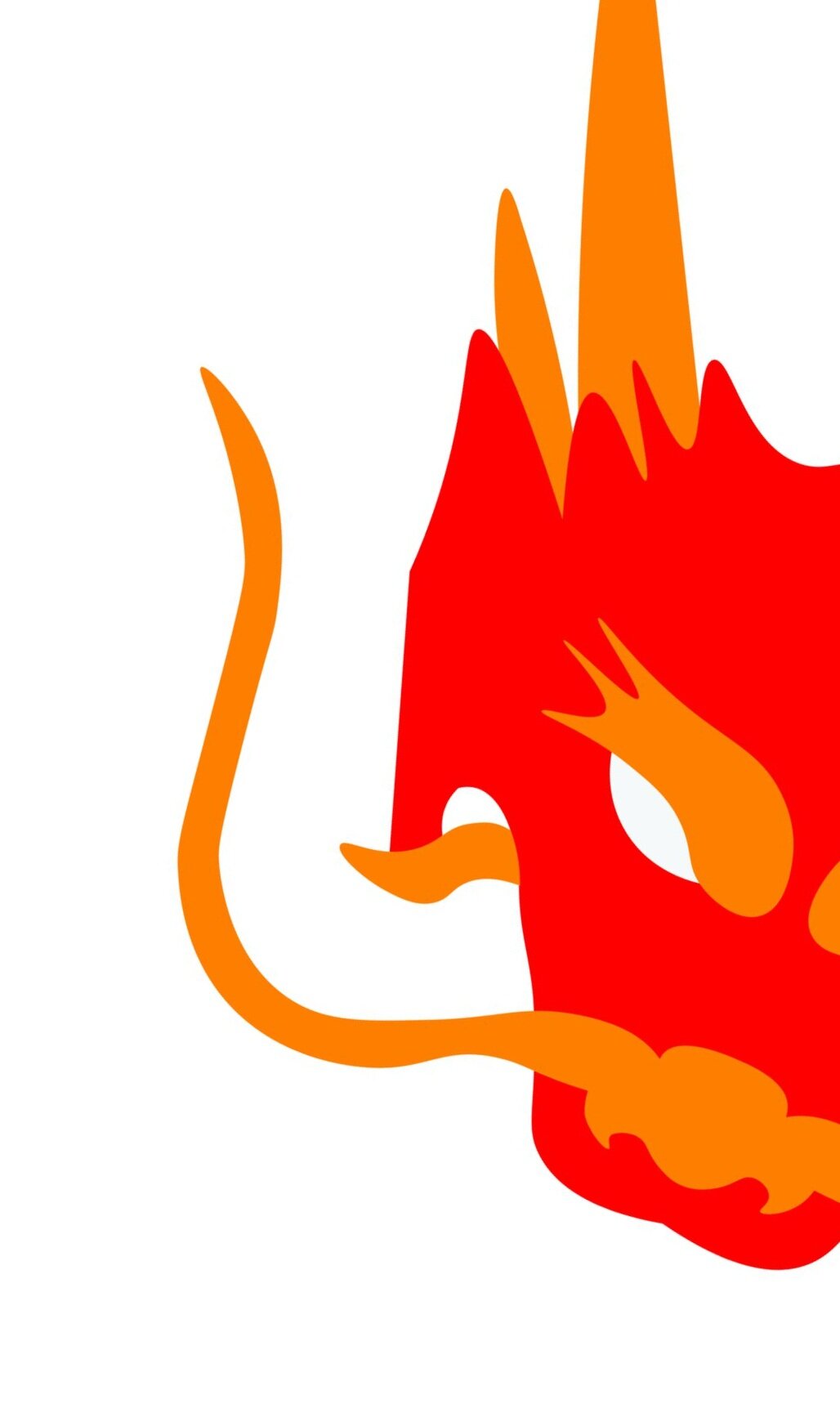
example 2:
Restaurant menu
Goals:
Make the menu more legible.
Update the menu visually.
Improve the placement of items on the menu.
My Result
First thing I noticed when doing this research is the menus are very homogenous.
The menu usually came in three layouts: two sided flat page, bi-folded, or tri-folded.
It had a very large variety of items. Over 100 items was not uncommon,
With that large menu comes very little space, and so equally as common as the large amount of items was the fact that those items had no description or picture.
Color Pallate is majority black and red, with the occasional third color usually green, orange, or yellow.
Even though every Item was individually priced, the price was almost always set by the protein and not the preparation. unless it was a specialty/chef’s special.
The menus did not utilize the “Golden Triangle.”
The “Golden Triangle” represents the spaces on a menu that tend to get the most attention when your eye moves across the page. These areas are the Top Left, Top Right, and Center Middle.
Center Middle - High profit Deluxe Entrees/Chefs Special
Top left - High profit Appetizers
Top Right - Entrees
- Typically not as high profit margin items as our Chef Special Entrees but still one of the more expensive items on the menu.
I kept Sides and low cost items such as Vegetable Entrees or Noodle Dishes out of the “Golden Triangle”
Front Page, what you see when the menu is unfolded.
There is something called the “paradox of choice,” it states that the more options we have, the more anxiety we feel. Psychologists suggest that restaurateurs limit options per category to around 7 items.
I have limited options to 7 in every category but the appetizers and the Entrees. Chinese Take-Out has a lot of staples that a customer would expect and there is only so much room on the page to break things into smaller groups.
According to “$ or Dollars: Effects of Menu-price Formats on Restaurant Checks” by Sybil S. Yang, Sheryl E. Kimes, Ph.D., and Mauro M. Sessarego removing currency signs can help diners worry less about cost and more about the dishes they want.
The goal here is to eliminate the association between the number on the menu and its roles as price for the dish. Ideally the customer will choose the dish they want first and then look at the price, versus look at the price and then pick the dish accordingly. Customers are more likely to spend extra if they decide they want it before they see the price. I want the customer to spend the most time picking what they want and the least time looking at the price. In order to do this I have:
I have streamlined a major visual clutter in putting individual prices from items, and priced them by protein as the average price difference was never more than plus or minus a dollar.
I have almost completely eliminated cents from the menu. By getting rid of the cents the number alone can represent the price. For example I never use “9.00” when just “9” can be used, because we always see “9.00” as a price.
I have completely removed price trails because I do not want the customer to spend time comparing prices.
In continuation of the above point, to keep customers from focusing on comparing the cost of items I have gotten rid of any price stacking.
Back Side; when folded (in order) inside flap, back panel, front cover.
Decoy Items are items on the menu that are priced far higher than their value to put the price of the other items on the menu in a more reasonable light.
The “decoy item” on the menu is the triple delight at 30 dollars. The other chef’s specials are 14 dollars or less, but next the 30 dollar triple delight they look like a steal. Encouraging customers to feel better about spending the extra money to get a chef’s special over a regular entree.
Aesthetically I chose a Dragon because:
Dragons are awesome
Dragons are often featured in the media keeping the imagery relevant. Recently there has been Disney’s “Raya and the Last Dragon,” and Netflix put out “New Gods: Nezha Reborn.”
Dragons are almost completely culturally ubiquitous, appearing in some way or another in nearly every culture on earth.

